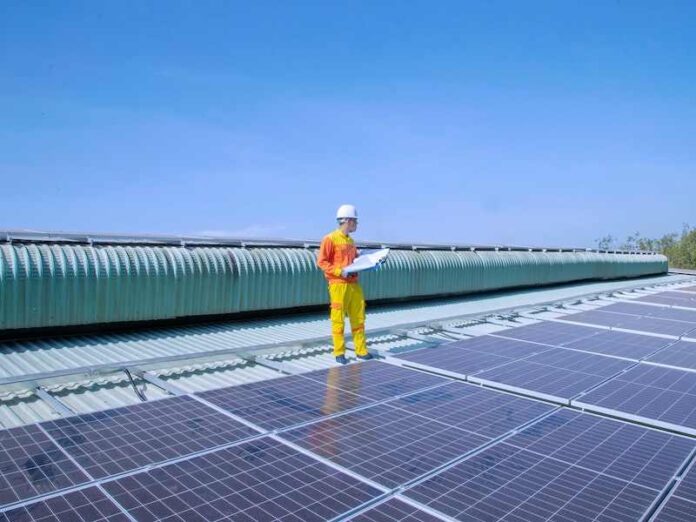
Recreational Vehicles (RV) make up a hobby and lifestyle that many people love dearly. It’s an industry that creates a $140 billion impact on the economy, including the energy sector.
Today, many RV owners are outfitting their vehicles with RV solar panel kits. These kits harness energy from the sun so that you have electricity no matter where you are in the world. You can install these kits yourself if you’re savvy and have the right advice.
Consider the points below if you’d like to install RV solar kits.
1. Buy the Right RV Solar Kit
Before anything, make sure that you have the perfect solar kit for your RV. You’ll appreciate the sheer amount of mobile power that you get with your solar kit when you consider the following:
- How many watts of energy you need
- The age of your RV and how often you use it
- The number of solar panels you need
- Calculate your energy generation
- Browse the different RV solar kit models
This is an eco-friendly decision that you’ll appreciate when you give it the care that it requires.
2. Measure and Lay Out Parts Before Connecting
Just like you shouldn’t paint yourself into a corner, make sure that you don’t stick or screw your solar panels into your RV before you’re ready. Take accurate measurements and know exactly where you’d like to install each panel.
Sort out all of the screws, adhesive strips, or other connectors that come with the kit, and arrange them so that you know you’re not missing any. Taking this due diligence will prevent mistakes and allow you to move forward with your project.
3. Test and Hook Up Your Battery and Inverter
The panels are crucial to your solar kit, but nothing happens without your battery or inverter. The battery stores the energy that the panels extract from the sun, while the inverter turns it into the type of electricity that you can use in your RV.
Having a responsive battery and inverter will allow you to hook up wiring and ensure that there are no lapses in your electrical circuits. Make sure to check it out in advance before taking the time to connect everything for your safety and to make sure the project is handled correctly.
4. Focus on Safety
Never handle this sort of project without taking safety precautions. Wear safety equipment, such as a hard hat, goggles, and insulated gloves. Wear thick rubber-soled shoes with lots of tread and grip.
Follow each matter step by step, with a clean work area and lots of visibility. Once you’re finished with the installation, get the work inspected by a professional to also know that it’s done correctly and safe to use.
Installing RV Solar Kits
RV solar kits give you plenty of energy and freedom when you’re out on the open road. By considering the suggestions above, you can go the DIY route knowing that you’ve done everything in your power to get a quality installation.
Use these tips and check out our other posts related to sustainability, technology, and more!

